This article was written by divers and writers at LiveAboard.com
 Discover liveaboard diving holiday solutions around the world at Liveaboard.com.
Discover liveaboard diving holiday solutions around the world at Liveaboard.com.

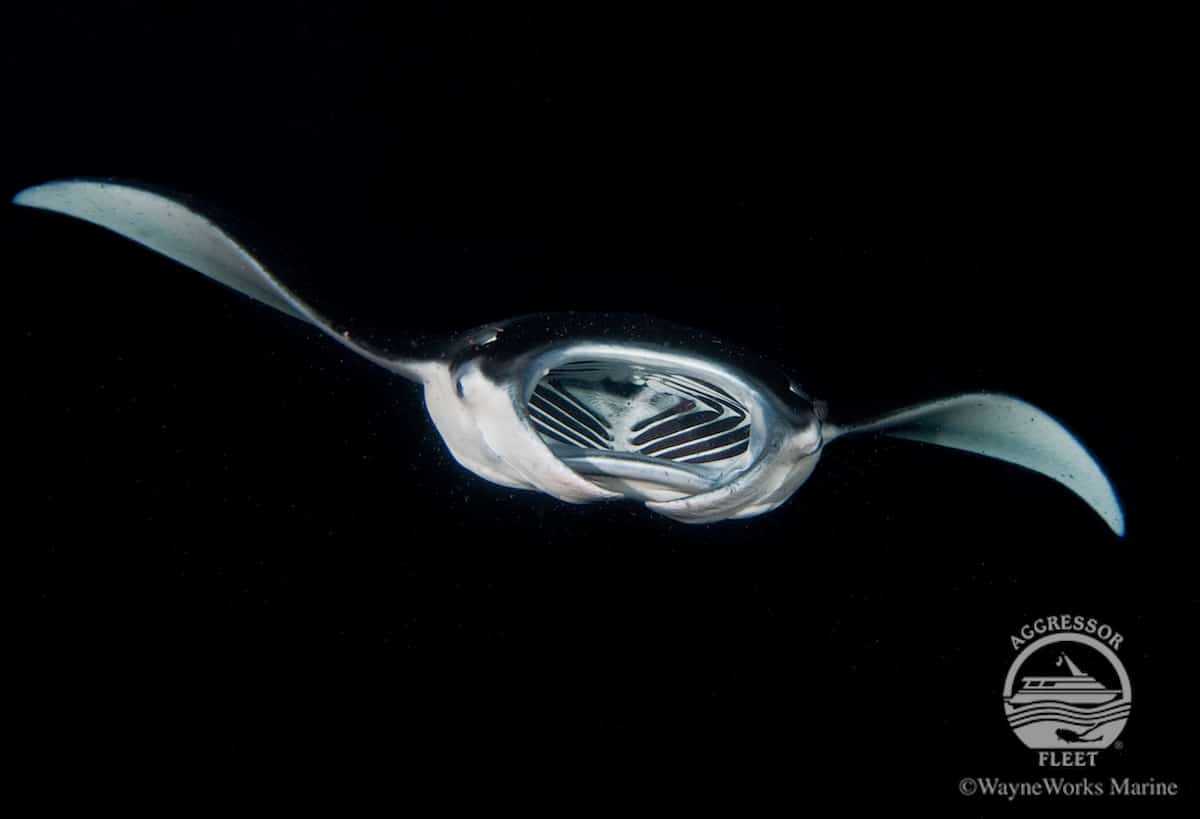
Hawaii is a lesser-known dive destination with a unique experience not to be missed: night diving with manta rays.
Manta ray encounters are high on divers’ wish lists and understandably so, putting on a show with their barrel rolls, feeding behaviour, and activities at manta cleaning stations. These rays are found around the world at top dive destinations such as the Maldives, but the best place to night dive with mantas is at Kona, a region of the Big Island of Hawaii.

Which Type Of Manta Rays Are Found At Hawaii?
There are two species of manta ray and reef manta rays are the ‘smaller’ of the two, growing to a huge 5.5 meters across. Reef manta rays are found in warm waters around the world, including Hawaii. This destination continues to be one of the best places in the world to spot reef mantas. The mantas are drawn to the area at night thanks to coastal resort lights attracting plankton, which the mantas feed on.
Which Are The Best Dive Sites Of Hawaii?
Hawaii scuba diving is diverse and isn’t just about the manta rays. The Hawaiian island chain is made up of 132 islands with plentiful dive sites and constantly changing underwater scenery, thanks to the active volcanoes found there. There is a broad range of dives to suit all abilities and interests.
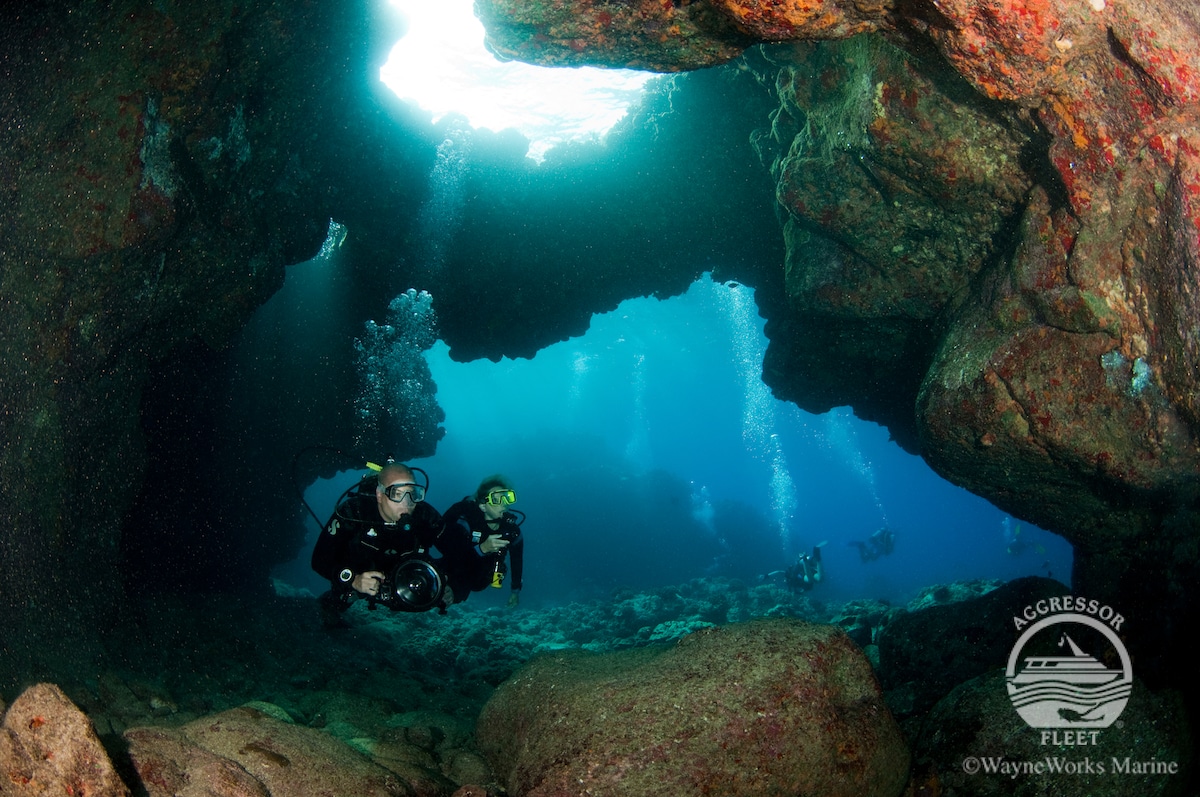
Big Island
Big Island has more than 50 dive sites, with lava tubes, coral gardens and numerous types of fish found only at Hawaii. The dive sites are peaceful and it is a prime destination for liveaboards. Highlights include a tall pinnacle rising from the ocean floor at Paradise Pinnacle, the Tubastrea Tunnel swim-through and turtles found at Turtle Pinnacle.
Kona is rugged and dramatic, with volcanic basalt and hard coral formations. The mountains drop steeply into the depths and these deep waters attract large pelagics to the area. Whilst Kona is famous for its night dives with manta rays, you can also see sharks, whales and dolphins.
O’Ahu
This island is home to countless eagle rays, frog fish, turtles and the YO-257 and San Pedro wrecks. Diving from O’Ahu in the summer allows accessibility to the famous Hawaiian North Shore dive sites such as Shark’s Cove and Three Tables.
Maui
Black Rock is a popular site at Maui but there are plenty of others with pristine coral reefs. The Molokini Crater of Maui is a dive highlight, with mantas, sharks and whales, whilst the St. Anthony and Carthaginian artificial reefs teem with biodiversity.
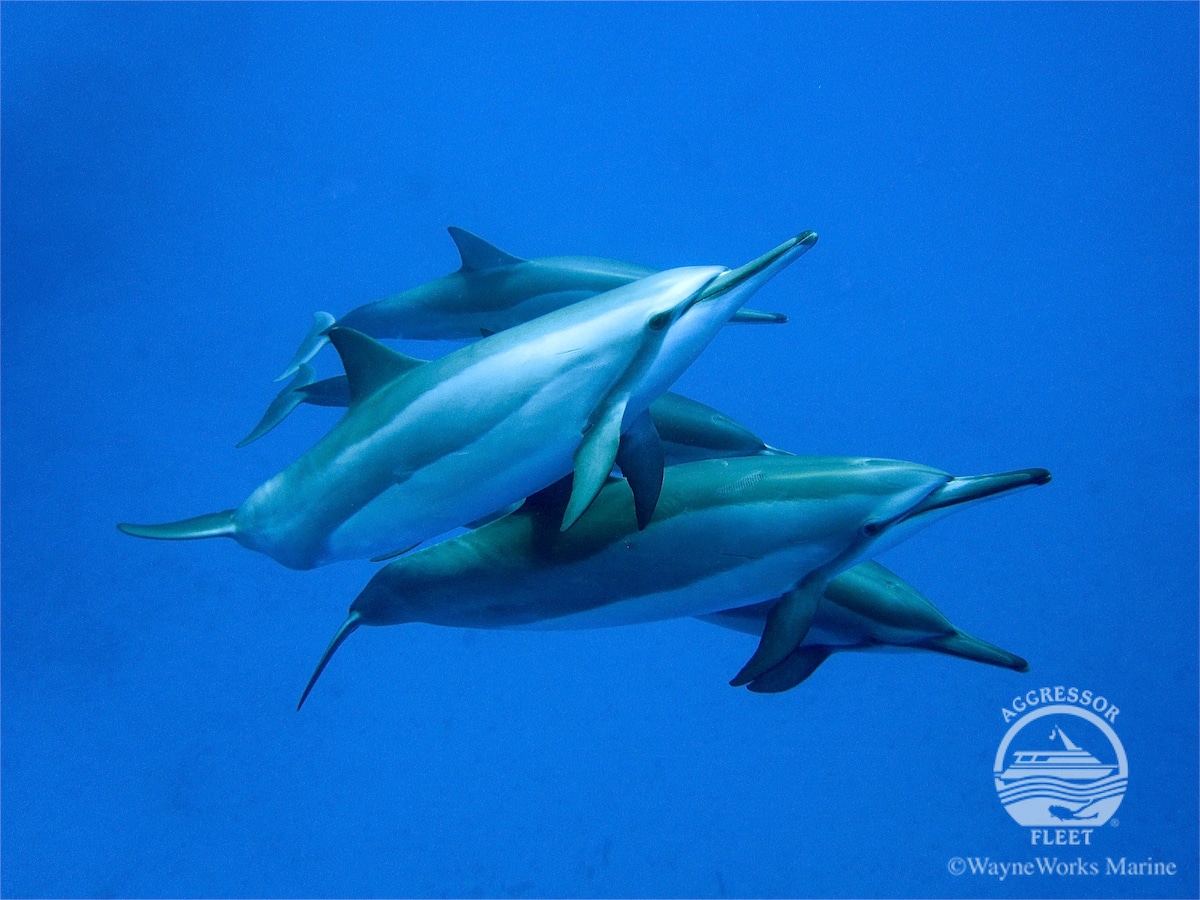
Moloka’i
Molokai has 40 dive sites and a 30-mile-long segment of pristine reef with outstanding diving. There are shallow and deep dives with plenty of marine life, including hammerhead sharks and rare Hawaiian monk seals – found at Fish Bowl, Fish Rain and Deep Corner.
Lana’i
The caverns of Lana’i are a dive highlight with fantastic water visibility, and Cathedrals I and II are popular for finding new fish species and rare invertebrates. Divers visiting in winter may also see humpback whales.
Kaua’i
Kaua’i is the place to visit for encounters with numerous green sea turtles and also whitetip reef sharks. Turtles Bluff has sand caves, sharks and turtle cleaning stations.
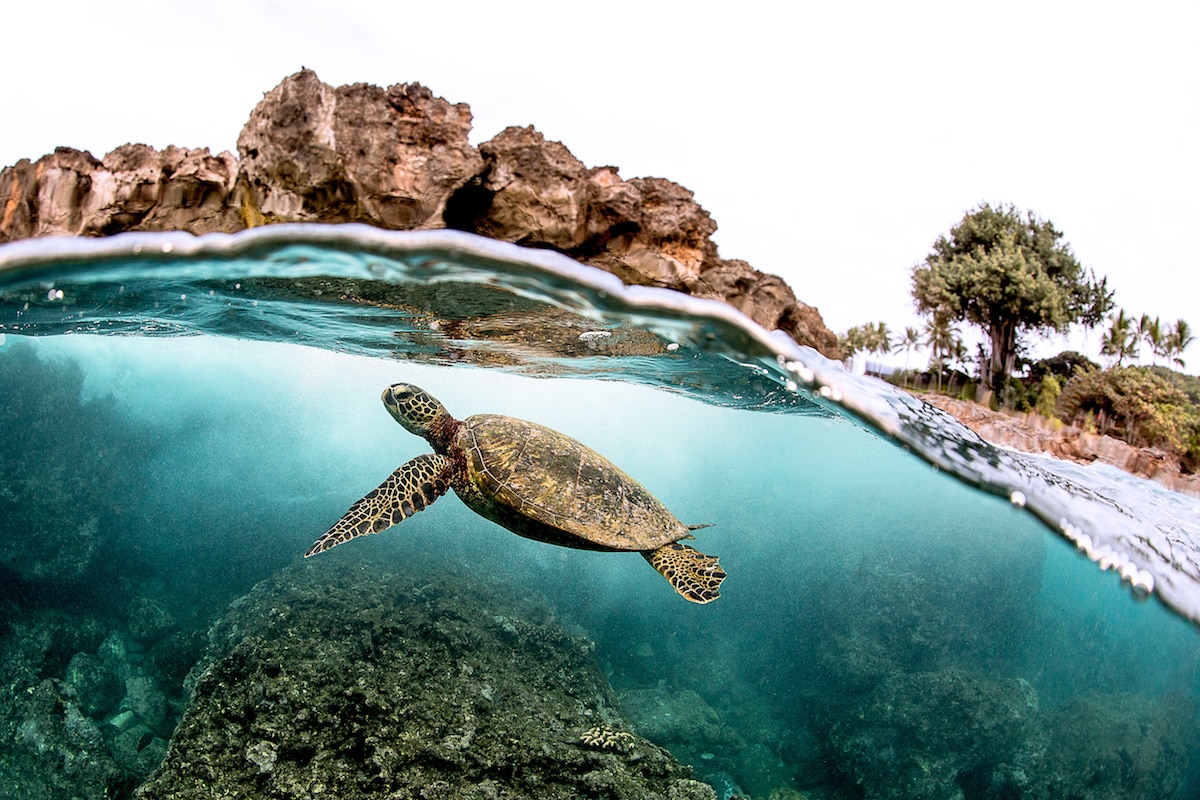
What Kind of Diver Is Hawaii Diving Suitable For?
Hawaii diving is suitable for all experience levels, and night diving with mantas is available for both divers and snorkelers. Exploring Hawaii by liveaboard allows divers to explore the best of each island more easily and to reach the remote islands all during one safari. The Kona Aggressor II offers night diving with mantas as part of their safaris.
When Is The Best Time To Dive Hawaii?
Diving is possible all year but the best time to visit is during winter, when divers may hear humpback whales as they migrate through the area. The water temperature varies from 24°C (75.2°F) to 26°C (78.8°F).
This article was written by divers and writers at LiveAboard.com
 Discover liveaboard diving holiday solutions around the world at Liveaboard.com.
Discover liveaboard diving holiday solutions around the world at Liveaboard.com.

Over the next 12 months, specialist scuba holiday company Dive Worldwide will be supporting Bite-Back Shark & Marine Conservation with donations collected from client bookings to any one of its stunning dive destinations around the world. The independently-owned operator expects to raise £3000 for the UK charity.
Manager at Dive Worldwide, Phil North, said: “We’re especially excited to work with Bite-Back and support its intelligent, creative and results-driven campaigns to end the UK trade in shark products and prompt a change in attitudes to the ocean’s most maligned inhabitant.”
Bite-Back is running campaigns to hold the media to account on the way it reports shark news along with a brand new nationwide education programme. Last year the charity was credited for spearheading a UK ban on the import and export of shark fins.
Campaign director at Bite-Back, Graham Buckingham, said: “We’re enormously grateful to Dive Worldwide for choosing to support Bite-Back. The company’s commitment to conservation helps set it apart from other tour operators and we’re certain its clients admire and respect that policy. For us, the affiliation is huge and helps us look to the future with confidence we can deliver against key conservation programmes.”
To launch the fundraising initiative, Phil North presented Graham Buckingham with a cheque for £1,000.
Visit Dive Worldwide to discover its diverse range of international scuba adventures and visit Bite-Back to learn more about the charity’s campaigns.
MORE INFORMATION
Call Graham Buckingham on 07810 454 266 or email graham@bite-back.com
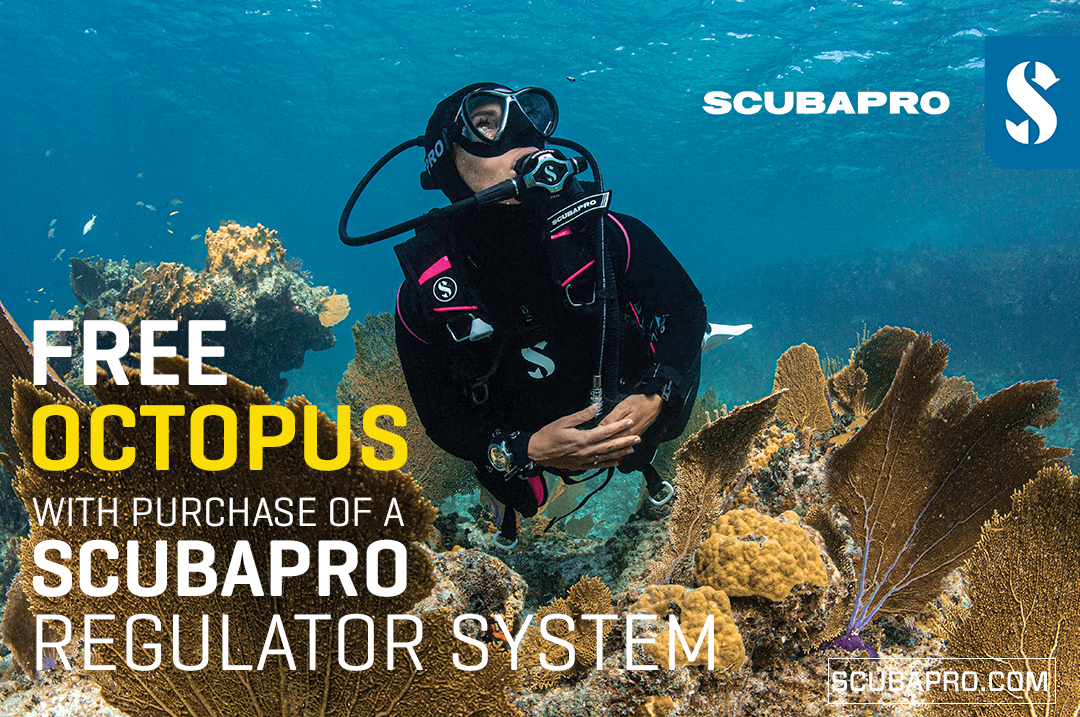
Free Octopus with every purchase of a SCUBAPRO regulator system
Just in time for the spring season, divers can save money with the FREE OCTOPUS SPRING PROMOTION! Until July 31st SCUBAPRO offers an Octopus for free
with every purchase of a regulator system!
Get a free S270 OCTOPUS with purchase of these combinations:
MK25 EVO or MK19 EVO with A700
MK25 EVO or MK19 EVO with S620Ti
MK25 EVO or MK19 EVO with D420
MK25 EVO Din mit S620Ti-X
Get a free R105 OCTOPUS with purchase of the following combinations:
MK25 EVO or MK19 EVO with G260
MK25 EVO or MK17 EVO with S600
SCUBAPRO offers a 30-year first owner warranty on all regulators, with a revision period of two years or 100 dives. All SCUBAPRO regulators are of course certified according to the new European test standard EN250-2014.
Available at participating SCUBAPRO dealers. Promotion may not be available in all regions. Find an authorized SCUBAPRO Dealer at scubapro.com.
More information available on www.scubapro.com.
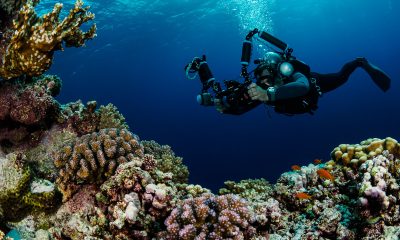

Hone your underwater photography skills with Alphamarine Photography at Red Sea Diving Safari in March
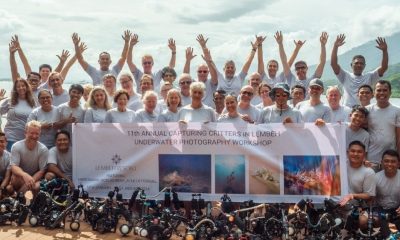

Capturing Critters in Lembeh Underwater Photography Workshop 2024: Event Roundup
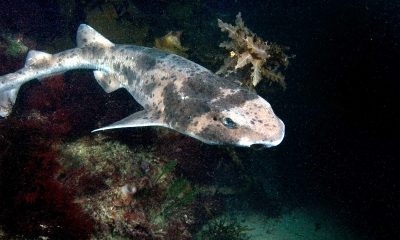

Creature Feature: Swell Sharks
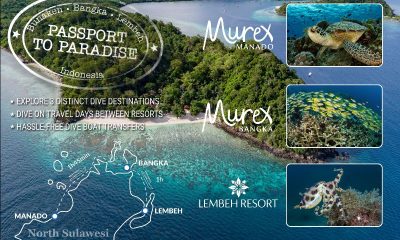

Murex Resorts: Passport to Paradise!
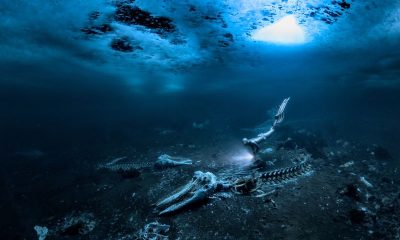

Diver Discovering Whale Skeletons Beneath Ice Judged World’s Best Underwater Photograph
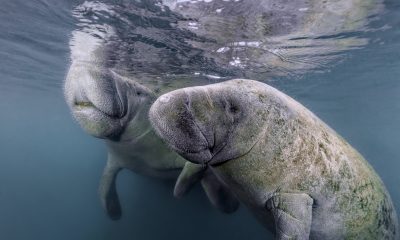

Save the Manatee Club launches brand new webcams at Silver Springs State Park, Florida
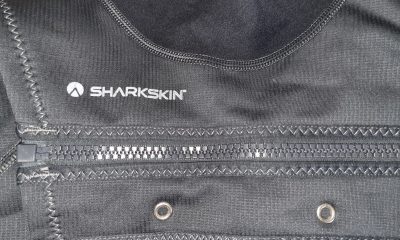

GEAR REVIEW – Revolutionising Diving Comfort: The Sharkskin T2 Chillproof Suit


Gear Review: Oceanic+ Dive Housing for iPhone